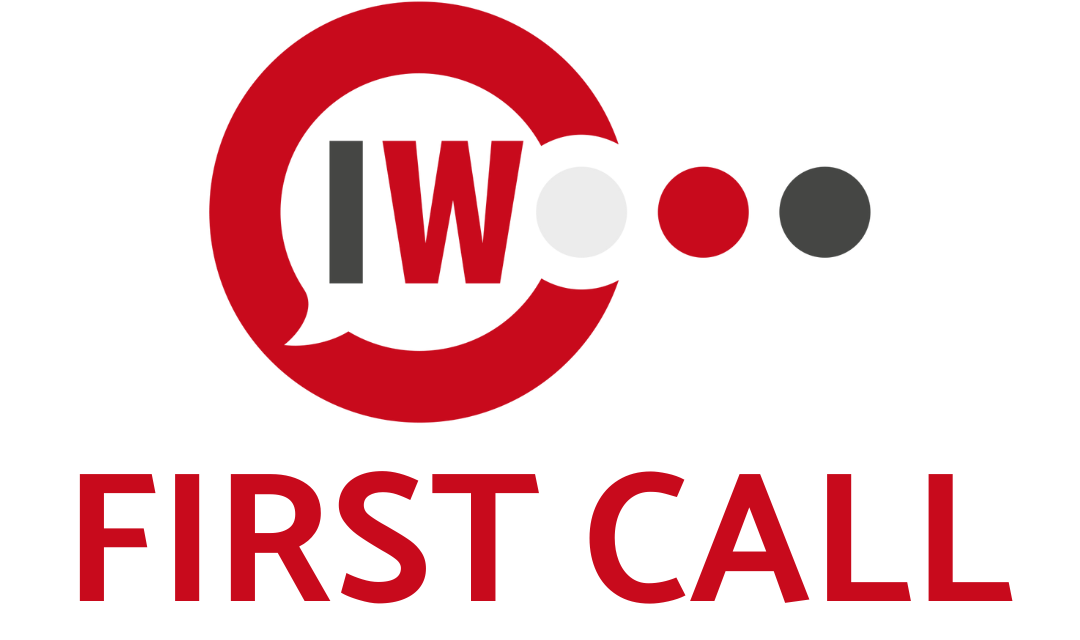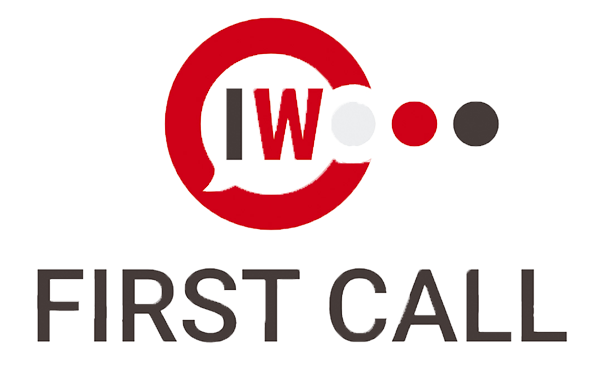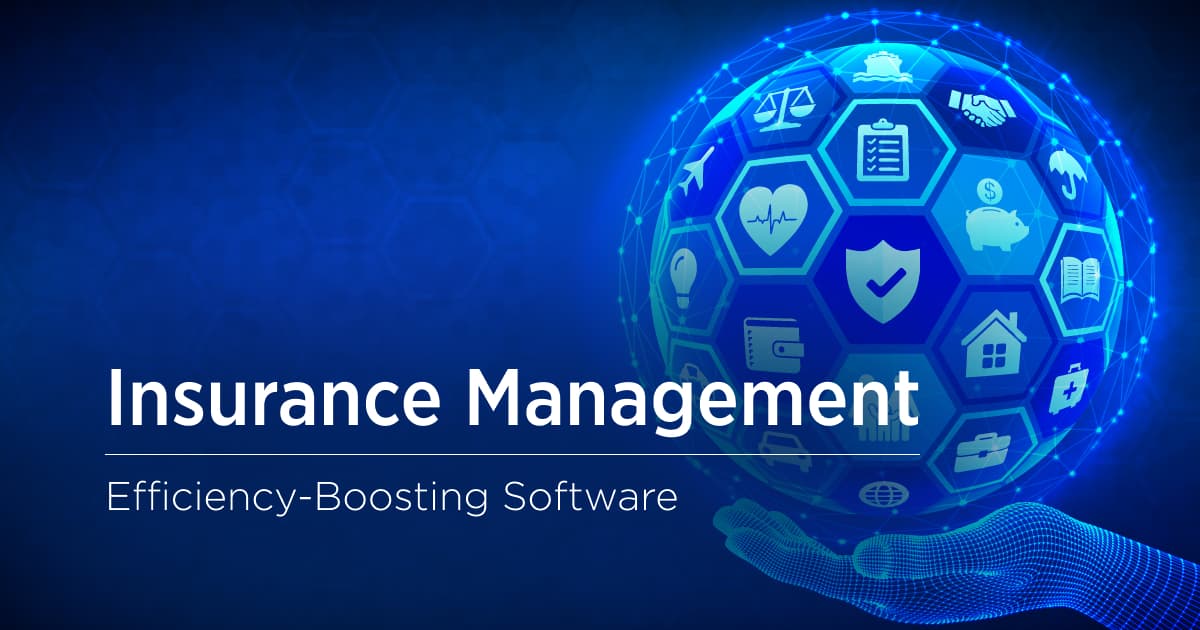The world of insurance, with its intricacies and fine print, can often seem labyrinthine to many. One of the pivotal moments in this world is the insurance submissions to issue process. In many ways, it’s a handshake that marks the commencement of a relationship, setting the tone for future interactions. Yet, its complexity is often a source of confusion for many insurance companies.
In the following blog post, we will break this process down, step by step, while offering best practices that any company can follow to enhance this crucial interaction.
The Importance of the Submission to Issue Process
Before delving into the steps, it’s essential to grasp the significance of the Submission to Issue process. For insurance agencies, this phase is often the make-or-break point, determining the trajectory of a client relationship. As the adage goes, “First impressions are often the last impressions,” and nowhere is this truer than in the world of insurance.
A smooth, efficient, and transparent submission process can set the foundation for a long, symbiotic relationship between the insurer and the insured.
The Key Steps in the Submission to Issue Process
The Submission-to-Issue Process includes five steps, which are crucial for its success. Let’s take a quick look at them.
- Initial Contact and Information Gathering: This is where it begins. The insurance carrier collects all necessary details from the potential client, ensuring the application is complete and all required documentation is provided.
- Submission Evaluation: Not all submissions are created equal. It’s at this stage that insurers sift through the applications, determining which are viable and which aren’t suitable for their portfolio.
- Risk Assessment: Once the submission has been deemed viable, it’s subjected to a risk assessment, or underwriting process. Here, the underwriters evaluate the risk associated with the potential client and determines the terms and conditions of the policy.
- Quotation: Based on the risk assessment, the insurer provides a quote to the potential client. This quote outlines the policy’s terms, conditions, and the premium amount.
- Finalization: If the client accepts the quote, the insurer then finalizes the documentation and issues the policy, sealing the commencement of their relationship.
Best Practices for a Smooth Submission to Issue Process
Knowing the steps of the submission-to-issue process, what are some of the best practices that you can incorporate?
- Thorough Information Gathering: Avoid future complications by ensuring all information is accurate and complete from the outset.
- Use Technology: Automation tools can streamline the submission evaluation process, making it quicker and more efficient.
- Clear Communication: Always maintain clear communication channels with the potential client. Transparency is key.
- Continuous Training: Ensure that your team is continuously trained and updated with the latest industry standards and practices.
- Feedback Loop: Always have a mechanism for feedback. Learn from past interactions to continually refine the process.
Why Partner with Insurance Outsourcing Domain Experts?
Navigating the Submission-to-Issue process is a skill. It’s where industry knowledge meets practical application. With a back-end team of professionals and domain experts, insurers can ensure they navigate this phase seamlessly. Expertise in this area can assist in creating that all-important first impression, boosting quote-to-bind ratios, validating qualified submissions, and ensuring inappropriate submissions are kept to a minimum.
To echo a philosophy we strongly believe in: The insurance submissions to issue process is more than just paperwork. It’s the inception of trust. And in the insurance world, trust is everything. At IWFirstCall, we’ve mastered this craft, ensuring our clients not only understand the nuances but also leverage this process to cement long-lasting relationships from the start.
Conclusion
The submission-to-issue process is like building a home – the foundation shapes the integrity of the structure. With strong footings of communication, efficiency and expertise, you can build and maintain relationships made to last. While the paperwork may seem like a maze at first, our map simplifies the route.
However, partnering with an experienced BPO provider like IWFirstCall can illuminate the road ahead. Our expertise guides insurance agencies every step of the way, transforming confusion into clarity. Together, insurers and BPOs with proven industry experience can build strong foundations right from the initial interaction. Rather than getting lost in paperwork, you can focus fully on creating lasting client relationships. With the right partner navigating insurance submissions, you can unlock the full potential of this crucial process.






